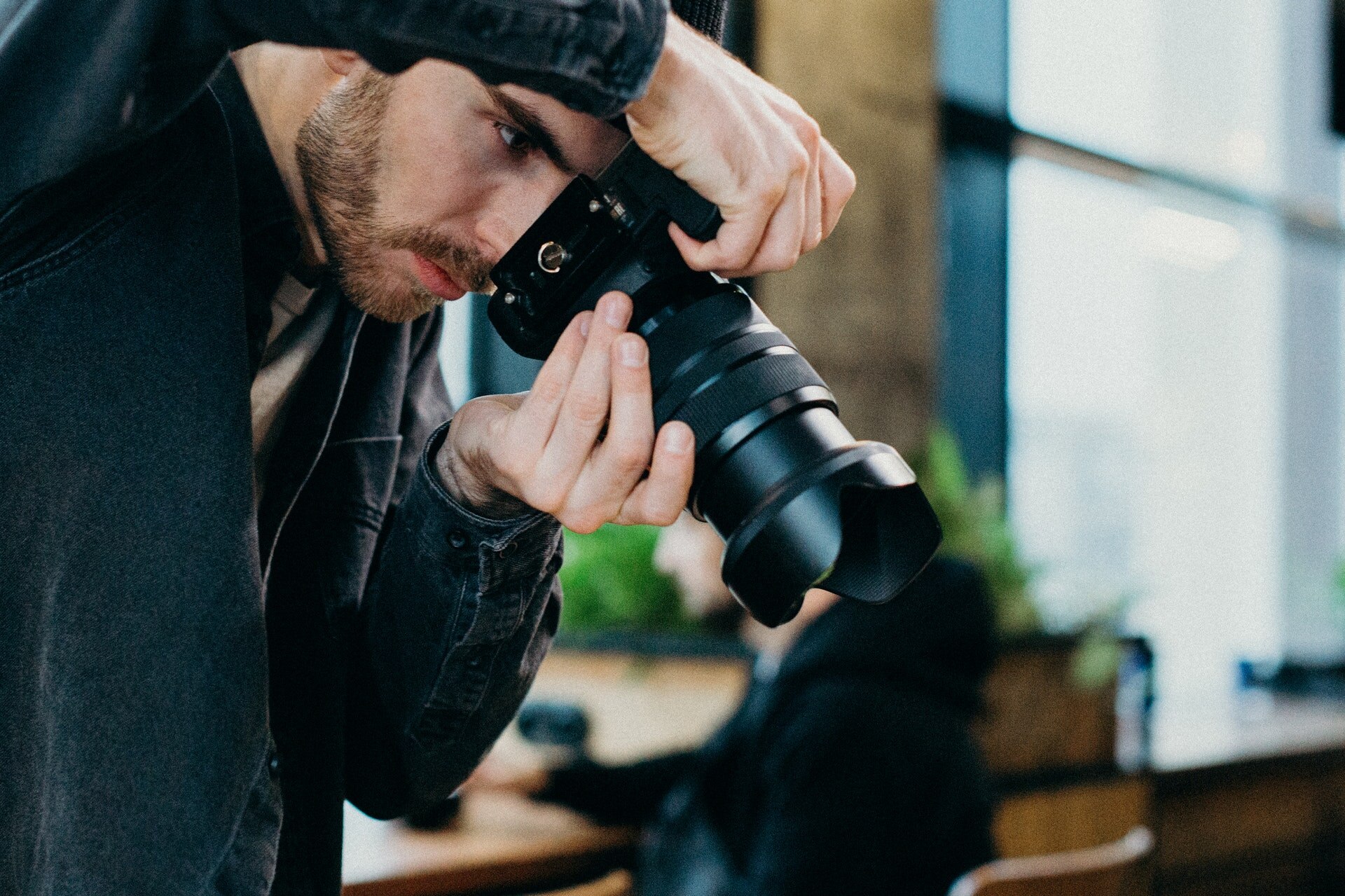3. Create a Freelance Photography Business Website
It’s not enough to just have a social media account. Of course, social media is great for many reasons, but it does not have the same structure as a website so you can not organize your work in the same way. Having a website adds a more professional look to your photography business. You can use standard website building tools like SquareSpace or Wix, or dedicated portfolio websites for photographers, like Pixpa, to create your business site. Whatever tool you choose, check out techniques on how to design your site.
When creating your website you want to think about the user who will be navigating through your site. Make sure the layout makes sense and is easy to follow. If a user finds your site complicated or unorganized, this might be a red flag for them and they will start considering other professional photographers.
Your professional website is a showcase of your work- whether it’s commercial photography, portraits, or panoramas, you’ll want to create a polished product. So everything from the colour scheme, typography, and overall graphic design needs to be cohesive and resonate with your target. When laying out your content, consider organizing it based on categories (like pictures of foxes, pictures of bears, pictures of squirrels, etc), timeline, or even colour – whatever makes sense for your specific niche and style.
Besides the actual work, you might want to add in personal details like ways to contact you and an “about me” section to make yourself more relatable. Also, be sure to add the link to your site in your LinkedIn profile as well as other social media accounts.



